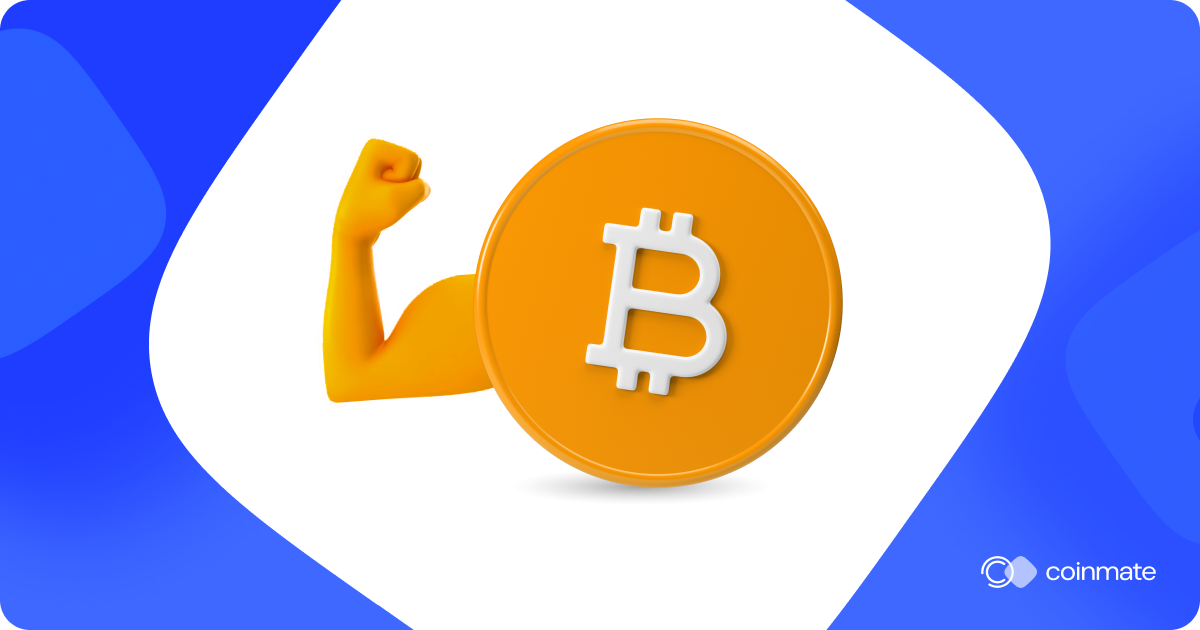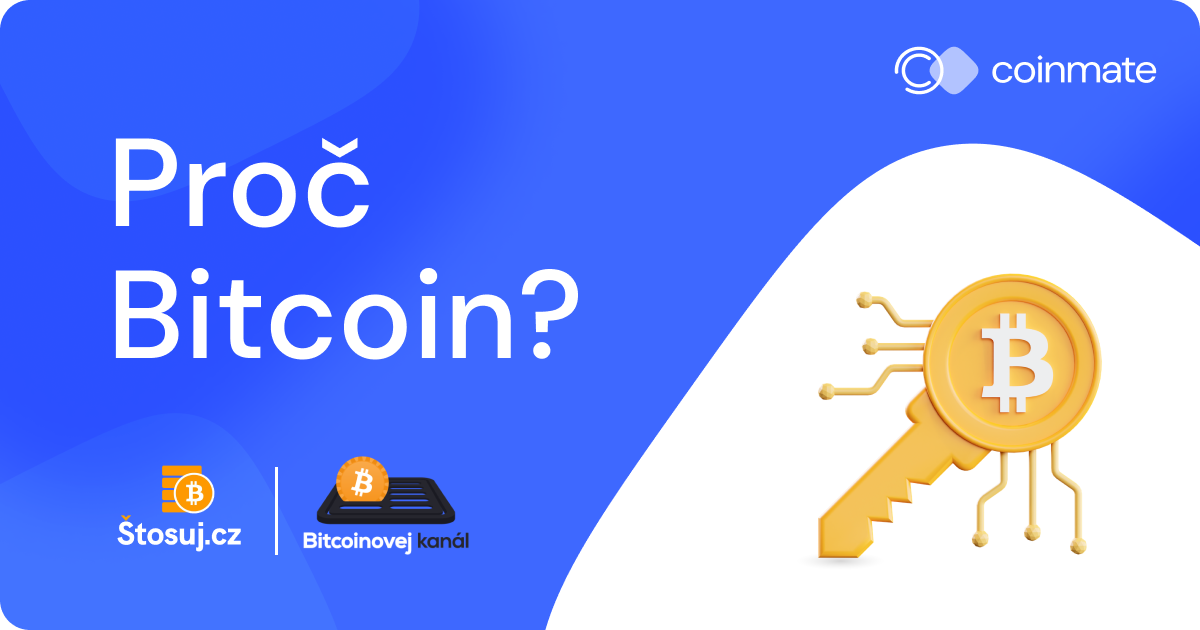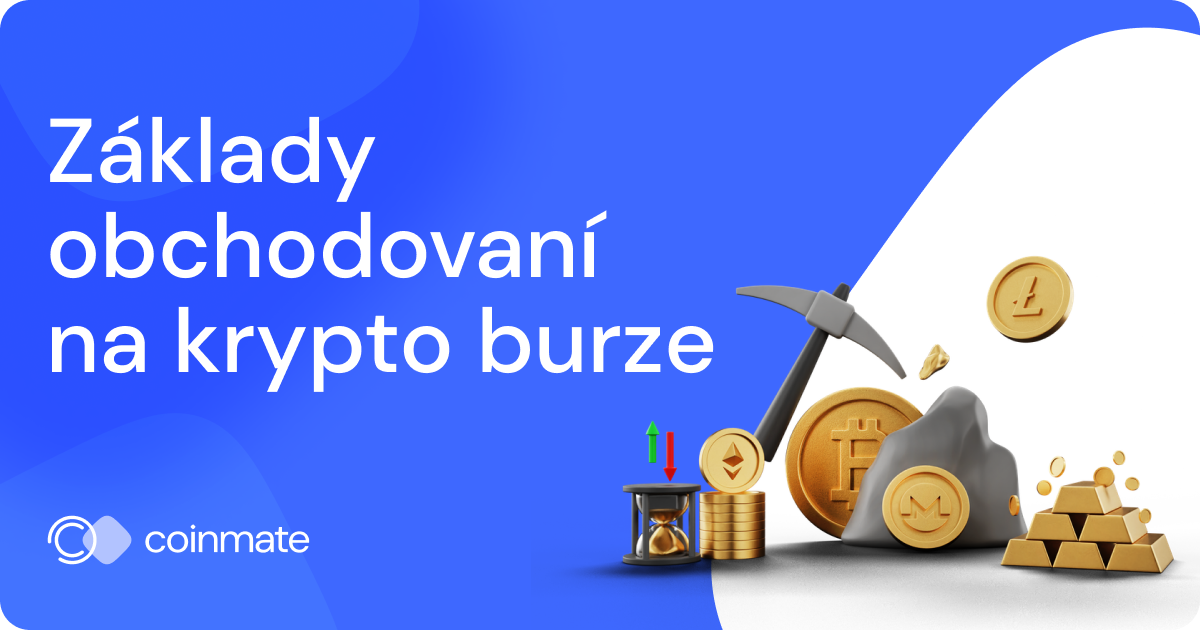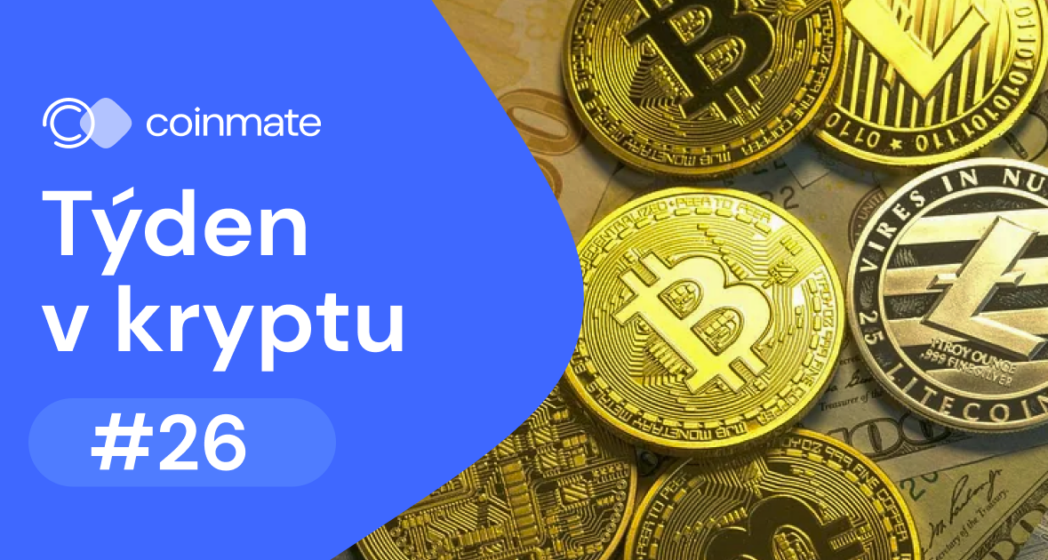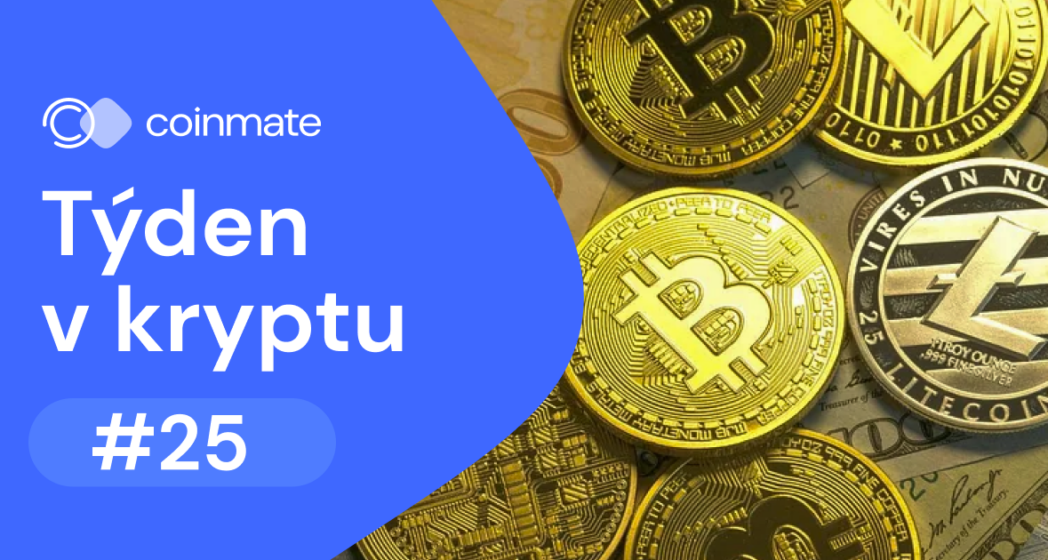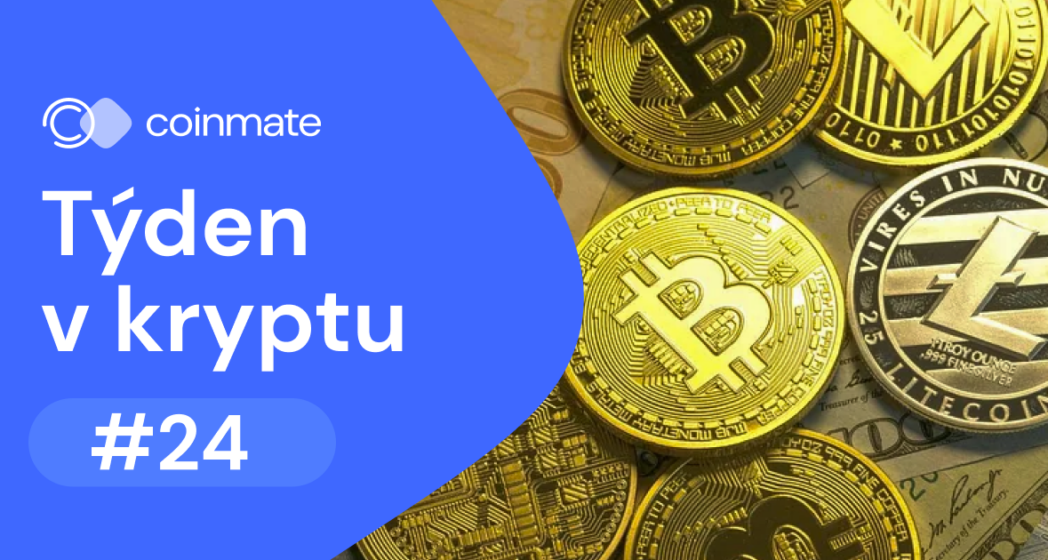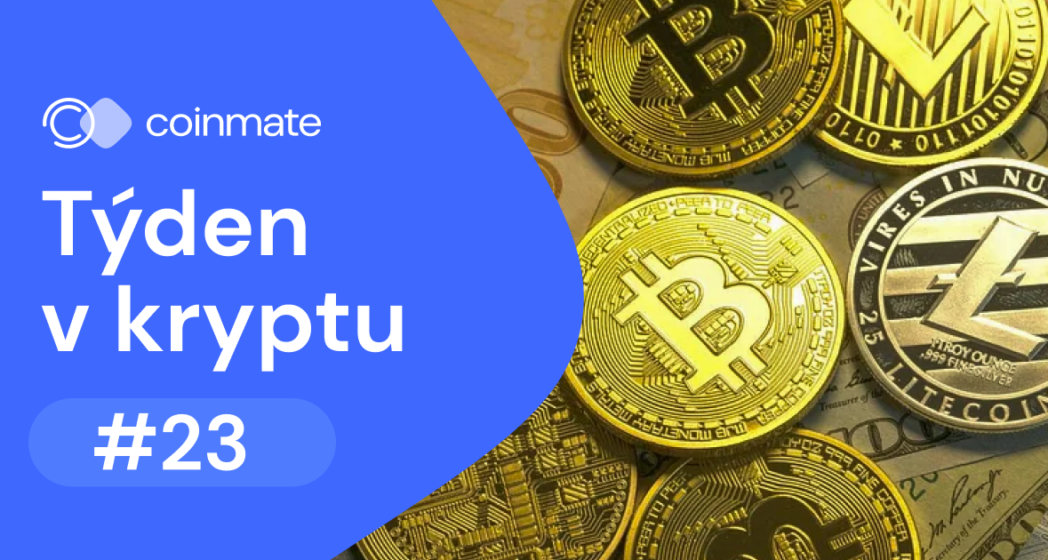Odhalte, jak funguje svět kryptoměn
Kryptoměny jsou revoluční technologií, která od základů změní fungování našeho finančního systému.
Nevíte, jak se v novém světě kryptoměn dobře zorientovat? Už jsme pro vás vše připravili.

Krypto akademie
Ucelené kurzy, které vás provedou světem kryptoměn krok za krokem.
Články o kryptoměnách
Zajímá vás konkrétní téma ohledně kryptoměn?
Všechny odpovědi najdete v našich článcích.
Vite, co to je?
Přes 200 pojmů ze světa kryptoměn.
V našem slovníku najdete všechno, co v kryptu potřebujete vědět.
Novinky ze světa kryptoměn
Přečtěte si nejnovější události ze světa kryptoměn v newsletteru „Týden v kryptu“ nebo v byznys okénku „Pondělní ohlédnutí.“
K tomu navíc veškeré novinky z Coinmate.
